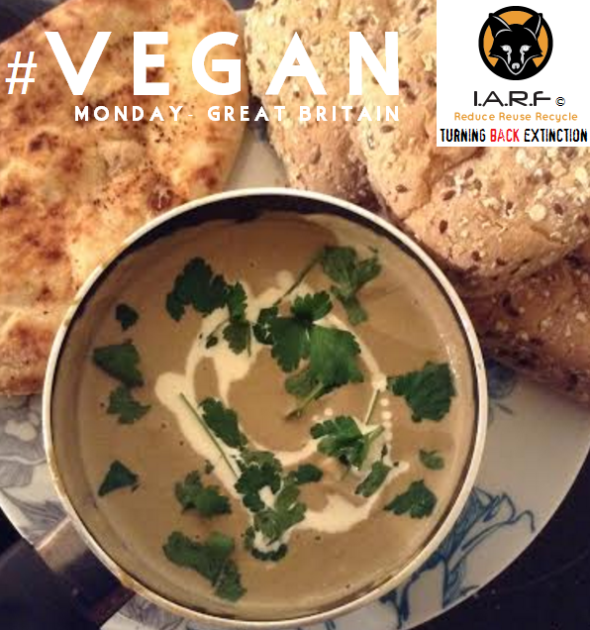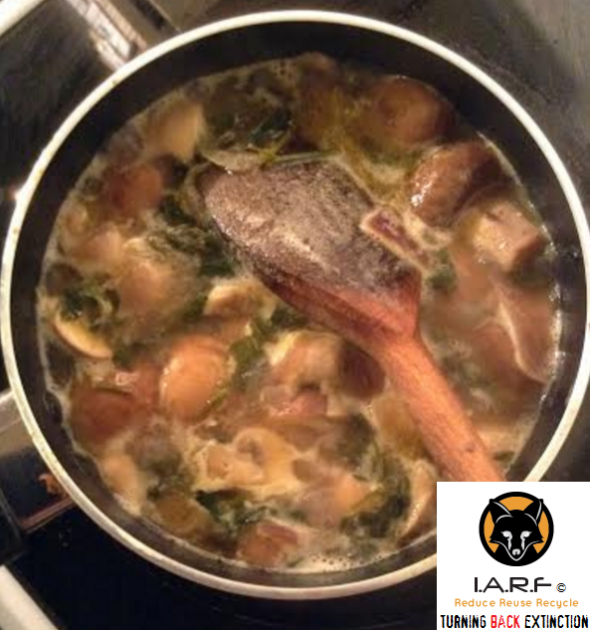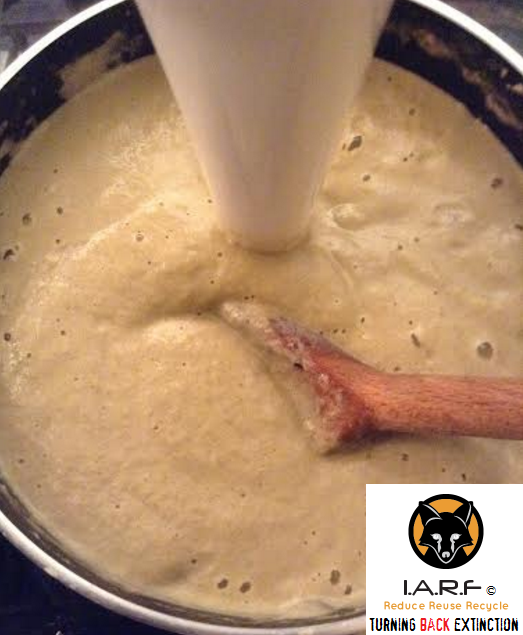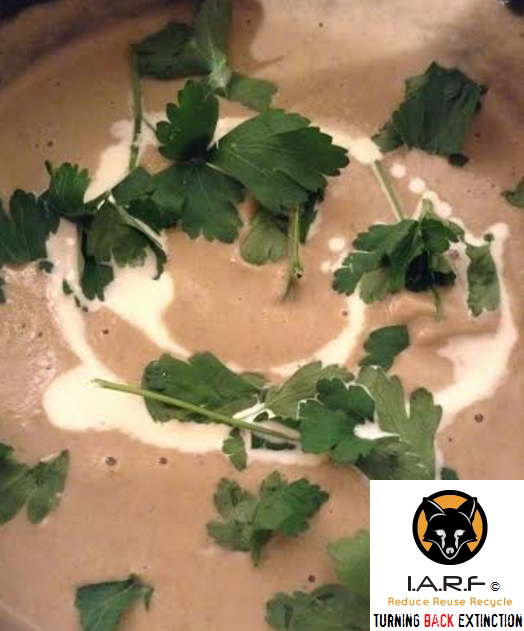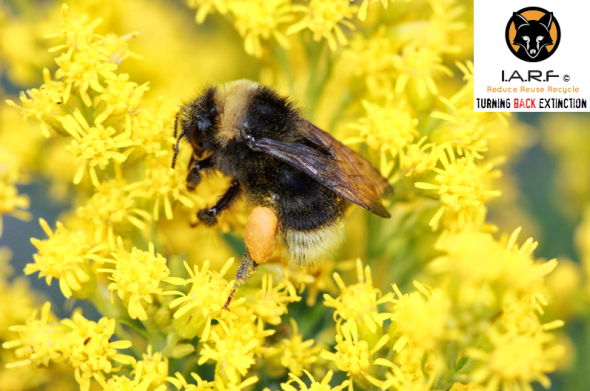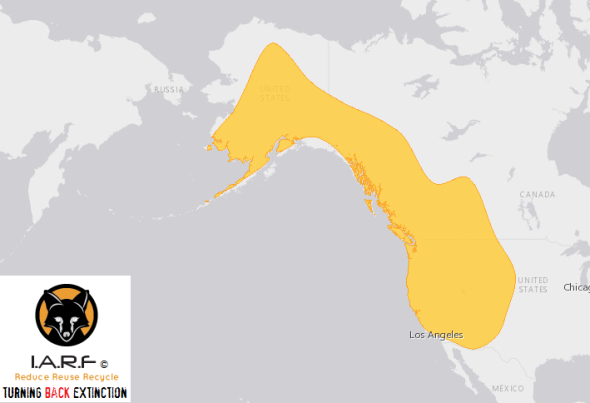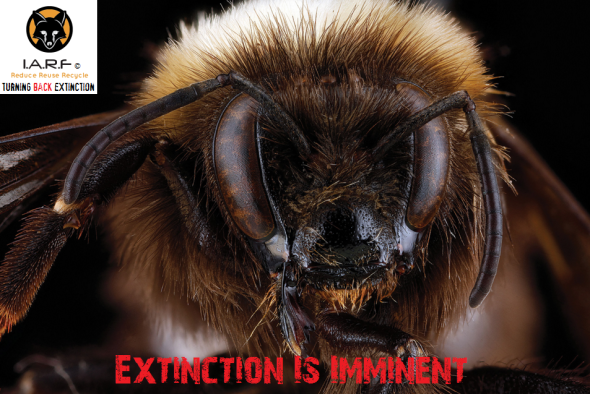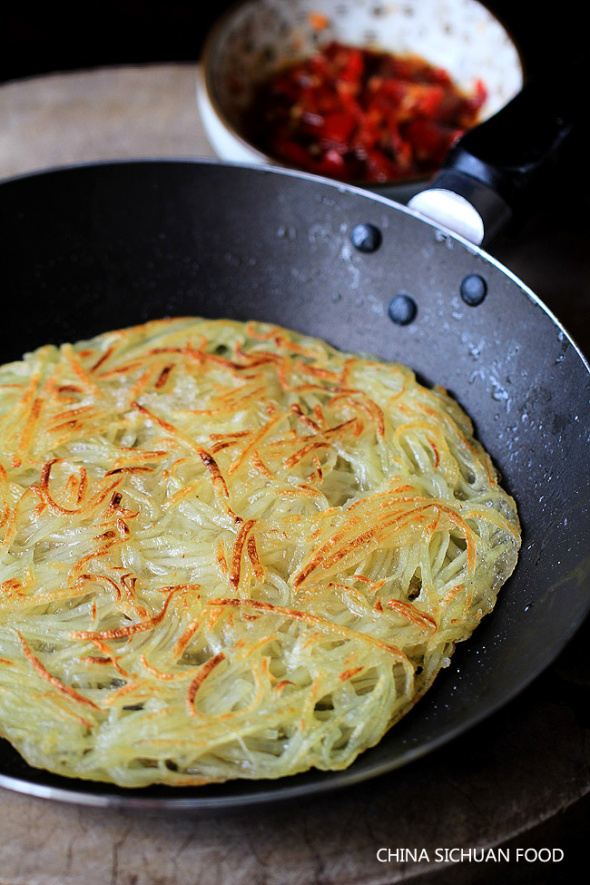VEGAN MONDAY: TONI DEVINE’S PEPPERY MUSHROOM SOUP (BELFAST)
VEGAN PEPPERY MUSHROOM SOUP (UK)
As we are now nearing the end of our South American vegan and vegetarian journey, we’ve decided to take a wee detour back to Northern Ireland (aka Belfast) for a little warmer, and wow this was one amazingly nice, warm, and actually rather filling dish. This recipe is from Mme Toni Devine whom supervised my first prepping and cooking of a dish that frankly I haven’t even made before. So what the hell, I was at the mercy of a rather calm (yet stern chef) ;O)
I’ve always purchased vegan or veggie soups from the supermarket, but today I tried a little something different, and to be honest this was the very best soup I have tried, and made, and yes I ate the lot, from the very pan I cooked it in, why not?
INGREDIENTS
One half of a red onion
1/3 of a lemon
1 punnet of button mushrooms
1 punnet of chestnut mushrooms
1 clove of garlic (I used 2)
Cup of roughly chopped parsley
Coconut cream
1 tablespoon of olive oil (optional)
1-2 small tea spoons of pepper
1 tablespoon of cayenne pepper (optional)
1 vegetable stock cube (you can make your own veggie stock)
1 large knob of vegan butter
1 1/2 large cups of boiled water
INSTRUCTIONS
Chop the half of a red onion and your parsley. Take the nob of vegan butter and add that to a hot pot. Gently cook the onions and the parsley for approximately 4-5 minutes on a gentle heat. Next, take your button, chestnut mushrooms, and crushed garlic, add them to the pan with the onions and parsley. Brown gently, until the mushrooms are cooked. Take your pepper and cayenne pepper and add to the cooking pot. (I used cayenne pepper due to my own culture, and because I wanted the soup to be slightly more spicier).
While the ingredients are cooking on a low heat, boil enough water to fill the pot 3/4 of the way. Take your vegetable stock cube and add that to a cup or jug. Once the water is boiled add enough hot water to break the veggie stock cube up. Then add the remainder. Once the stock is completely dissolved and your pot of mushrooms, parsley, onions Etc is now browned add the hot veggie stock water to the pot. Add one tablespoon of olive oil (if required).
Bring the pot to the boil, then reduce the heat to a very gentle simmer. Take your 1/3 lemon and squeeze into the pot, stirring the pot of ingredients every ten minutes. Then half way through the cooking add the coconut cream and stir well. DO NOT add the lemon after adding the cream as this may split the cream.
Image: Leave the pot to simmer gently for 30 minutes.
Once your 30 minutes is up, take your blender and blend all of the ingredients within the pan, until the pan is a fine soup like consistency as seen in the image (top screen), or below.
Image: Blend the mix into a fine soup until no lumps are seen.
Your soup is now ready to serve. Take some cold or warmed crusty bread buns, or as I used Peshawar Naan Bread (and crusty rolls). Eat from the pan as I did, or serve into a nice warm bowl, and enjoy with boiled veggies, or on its own. This really was a stunning yet simple soup to make, and not a single piece of goodness is lost. What goes into the pan stays in the pan, and doesn’t like some homemade soups end up going down the sink. Who needs supermarket soup when you have this?
Image: Serve with a wee bit of coconut cream and rough chopped parsley.
Once ready to serve, take a wee bit of coconut cream, some roughly chopped parsley, and eat hot. That’s as simple as its going to get, and it really was amazing. Mme Devine’s cooking is actually quite amazing, and no, I’m not saying that because were in a relationship. I would recommend this style of cooking to anyone, and its 100% homemade how it should be. Nothing is lost in the making, its cheap to buy, and its packed with goodness, and nutritious. I love cooking, and so does Mme Devine. Stay tuned for more delights…..
Recipe: Mme Toni Devine, Northern Ireland (Vegetarian).
Dr Jose C. Depre
Endangered Species Monday: Bombus occidentalis |Extinction is Imminent.
Endangered Species Monday: Bombus occidentalis
“1/3 bites of food we eat comes from a plant that was pollinated by a bee”
What are we humans doing to Planet Earth?, We are destroying so many pollinating animals, that soon they’ll be none left. When or if that day occurs, when there are no more pollinators, we ourselves will be fighting to stay alive, can you imagine that? Human extinction is slowly in the making… …No matter how many vegans or vegetarians there are, we all require plants. No plants = No life!
That’s a Scientific Fact of Life!
Dr Jose Depre
This Monday’s Endangered Species Post (E.S.P) I document on the Western Bumble Bee. Scientifically identified as Bombus occidentalis this particular species of bee is listed as (vulnerable), and is now nearing complete extinction within the wild, despite conservation efforts aimed at reducing dangers, things certainly are not looking good for the bee, or crops the species pollinates either. Image credits: Rich Hatfield
The species was identified back in 1858 by Dr Edward Lee Greene, Ph.D, (August 10, 1843 – November 10, 1915) was an American botanist known for his numerous publications including the two-part Landmarks of Botanical History and the naming or redescribing of over 4,400 species of plants in the American West.
Endemic to: Canada (Alberta, British Columbia, Northwest Territories, Saskatchewan, Yukon); United States (Alaska, Arizona, California, Colorado, Idaho, Montana, Nebraska, Nevada, New Mexico, Oregon, South Dakota, Utah, Washington, and Wyoming). To date we still don’t know what the “exact current rate of decline is”, or even if the Western Bumble Bee is going to be with us within the next decade. Its ‘likely that based on current surveys the species will be extinct within the next 10 years (max)”.
Since 2008-2014 there has been quite a significant rate of decline st 11%-12%, sparking concerns that the Western Bumble Bee ‘may eventually be listed as critically endangered’ within the United States and Canada. Scientists confirmed that in one area which is [unknown], possibly the United States via field surveys the species was not found during the years of 2003-2007 (which is of course quite concerning), especially when the species is a major pollinator, and has been seen only in very low numbers at (one to seven per year) each year from 2008 to 2014.
A study conducted focusing on ‘range decline’ relating to some eight separate species native to the United States, showed that the Western Bumble Bee species alone had decreased in population size within its (range), by some 28% (EST) between the years of 2007-2008. A further study conducted by conservation scientists concluded that by 2007-2009 surveys detected the species only throughout the Intermountain West and Rocky Mountains; it was largely absent from the western portion of its range.
Further declines have been reported within the [US] states’ of Oregon and Washington, however populations seem to be somewhat stable within (northeastern Oregon). Populations are also to a degree stable within Alaska and the Yukon. Average decline for this species was calculated by averaging the change in abundance, persistence, and EOO.
- Current range size is estimated to be at some 77.96%
- Persistence in current range relative to historic occupancy: 72.56%
- Current relative abundance relative to historic values: 28.51%
- Average decline: 40.32%
From viewing all data records I can confirm that the (exact rate of decline) within the species range, and its persistence total some 20%, with a 70% rate of decline in ‘abundance’. Surveys have also proven the this decades rate of decline is bar far lower than the last decades, which again raises some rather large concerns about a near future extinction occurring.
Image: Western Bumble Bees’ extant zones.
In the past, B. occidentalis was commercially reared for pollination of greenhouse tomatoes and other crops in North America. Commercial rearing of this species began in 1992, with two origins. Some colonies were produced in rearing facilities in California by a company which imported the technology for rearing bumble bees and applied it to rearing B. occidentalis locally in California.
This same year, a distributor for a competitor which did not have rearing facilities in North America at the time was granted permits by the US Department of Agriculture – Animal and Plant Health Inspection Service (USDA-APHIS) for a three year window of time (1992-1994) to export queens of B. occidentalis and B. impatiens to European rearing facilities for colony production.
Following rearing, these colonies were then shipped back to the U.S. for commercial pollination. In 1997, commercial producers began experiencing problems with disease (Nosema) in the production of B. occidentalis. Eventually, the availability of B. occidentalis became critically low, and western crop producers who had become dependent on pollination provided by this species began requesting that APHIS allow the shipment and use of B. impatiens in western states.
In 1998, the USDA-APHIS issued permits to allow B. impatiens to be used in the western U.S. However, within a few years, the USDA-APHIS stopped regulating the interstate movement of bumble bees altogether, citing their lack of regulatory authority. Bombus occidentalis is no longer bred and sold commercially and B. impatiens is used widely in the western U.S. One has to wonder though that since the the US Government stopped granting permits for Bombus occidentalis mostly due to species decline, primarily due to human ignorance, will the same rate of decline now be seen with the species B. impatiens?
Currently to date the only ‘known conservation actions that are under way is that of management, research and surveys’, meanwhile its likely that come the next decade we’ll have lost the species due to a lack of improving/increasing populations, and habitat while failing to decrease disease and virus.
THREATS
Populations of this declining species have been associated with higher levels of the microsporidian Nosema bombi and reduced genetic diversity relative to populations of co-occurring stable species. The major decline of the subgenus Bombus was first documented in B. occidentalis, as Nosema nearly wiped out commercial hives, leading to the cessation of commercial production of this species. Wild populations crashed simultaneously and the closely related B. franklini has been pushed to the brink of extinction.
However, Koch and Strange (2012) found high levels of infestation by Nosema in interior Alaska where this bumble bee was still quite common. In addition to disease, this species is faced with numerous other stressors including habitat loss and alteration due to agricultural intensification, urban development, conifer encroachment (resulting from fire suppression), grazing, logging and climate change.
Modifications to bumble bee habitat from over grazing by livestock can be particularly harmful to bumble bees by removing floral resources, especially during the mid-summer period when flowers may already be scarce. In addition, livestock may trample nesting and overwintering sites, or disrupt rodent populations, which can indirectly harm bumble bees. Indirect effects of logging (such as increased siltation in runoff) and recreation (such as off-road vehicle use) also have the potential to alter meadow ecosystems and disrupt B. occidentalis habitat.
Additional habitat alterations, such as conifer encroachment resulting from fire suppression, fire, agricultural intensification, urban development, and climate change may also threaten B. occidentalis. Insecticides, which are designed to kill insects directly, and herbicides, which can remove floral resources, both pose serious threats to bumble bees. Of particular concern are neonicotinoids, a class of systemic insecticides whose toxins are extraordinarily persistent, are expressed in the nectar and pollen of plants (and therefore are actively collected by bumble bees), and exert both lethal and sublethal effects on bumble bees.
Since B. occidentalis has recently undergone a dramatic decline in range and relative abundance, reduced genetic diversity and other genetic factors make this species especially vulnerable to extinction, and may lead to increased pathogen susceptibility. Recent research indicates that populations of B. occidentalis have lower genetic diversity compared to populations of co-occurring stable species.
It is therefore regrettable, that despite research, management and surveys - extinction is imminent, when though, we simply don’t know, however when it does happen, it means that yet another pollinator that we humans and animals depend on will be gone for good.
Image: Female B. occidentalis
Humans will never learn or understand just how critically important our wildlife is, until its gone. They’ll then be fighting over themselves, fighting to stay alive. By that time, human extinction will already be in the process.
Dr Jose C. Depre
Chief Environmental & Botanical Officer.
Follow me on Twitter here: https://twitter.com/josedepre11
Vegan Friday: Chinese Potato Pancake.
Chinese Potato Pancake
Since 2014 we have been running our vegan and vegetarian (Monday’s and Friday Recipe sharing posts). We run these posts every Monday and Friday and not every day as we don’t believe in pushing such diets, cultures, or way of eating down the general public’s throat. We also believe its the best option for any would-be starter planning on going vegan or vegetarian.
If everyone gave up meat once a week, and then consumed their normal diet during the remainder of the days, it does indeed have a big impact (on you and the planet around us). Once you’ve tried Monday, you may then want to try a non-meat or dairy day on Friday. There is no such thing as can’t, give it a try, one day a week, if you like it then try Friday.
And if you just don’t like it full stop - then simply stop. We’re not going to moan, shout, scream, bully, make you feel guilty, or show you horrific and graphic images of “dead and diseased slaughterhouse animals”, simply because you don’t want to take the vegan or veggie plan up.
That’s just crazy, and bullying, furthermore pressuring someone into doing something that they do not want to do, has shown in market and sociology research that the individual is likely to never return again (should they have that little inkling they may want to give it a try in the future). You are not at liberty whatsoever to view anyone the recipes hereto, or even on our Facebook vegan and vegetarian page here
Think of it like giving up smoking, one gradually reduces day by day, your body becomes used to the gradual withdrawal and eventually if you like it, you move away from the habit, or in this case from meat and dairy products full stop. (Please note that eating meat or consuming dairy is not a habit either) and we’re not under any circumstances going to block you, de-friend you, hate you, or anything other (because you are no different to us). We see that behavior as a little “extreme” if not bordering food/diet racism. We don’t do racism, nor hate. And if you a vegan or veggie behaving in this way >> doors that way, we’ve not time for that nonsense and extreme behavior.
Hence why we’ll continue these meat and dairy free Monday’s and Fridays every week aimed at over 7.9 million supporters internationally on all our platforms worldwide. We will share, copy or include our own recipes. If you have your very own recipe then please feel free to share that with us via contacting the organisation below. Its your body, and your world, do as you see fit, and what you feel suits you.
Ingredients and Instructions
Use a slice to shape the pancake so that they can be uniform in thickness. At the first part of frying, use medium fire so that the pancake can form quickly and then remember to slow your fire, otherwise the pancake might be burnt easily.
2 middle size potato, shredded
1/2 cup of starch (I use sweet potato starch)
1/2 teaspoon salt or as needed
1 pinch of ground black pepper powder
1 teaspoon Chinese five spice powder
Around 1/2 tablespoon vegetable oil
Dips
1 tablespoon Hunan Chopped chili sauce
1 teaspoon light soy sauce
1 tablespoon boiled water or stock
1/2 teaspoon sesame oil
Instructions
Peel the potatoes and cut into thin shreds. You may use a shredding tool. Try to make them similar in size so the cooking time can be similar too.
In a large bowl, add salt, ground black pepper powder, five spice powder and starch. Mix well and set aside for around 5 minutes.
Brush some oil in a pan, fry one side of the pancake over medium fire for around 1 to 2 minutes until shaped and slightly brown. Turn it over and continue frying the second side. Then slow down your fire and turn over the pancake several times to fry the two sides until crispy and brown.
Serve directly or with the dips you want.It can be matched with sweet chili sauce or tomato sauce.
Notes
Decide your dipping sauce firstly and adjust the salt accordingly.
For more recipes check this amazing site out here: http://www.chinasichuanfood.com/ (credited)

